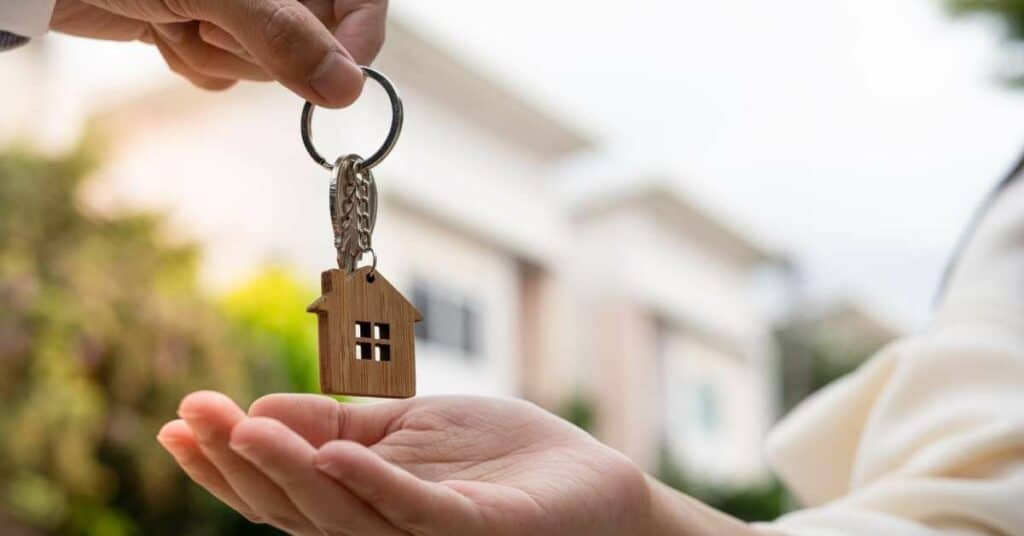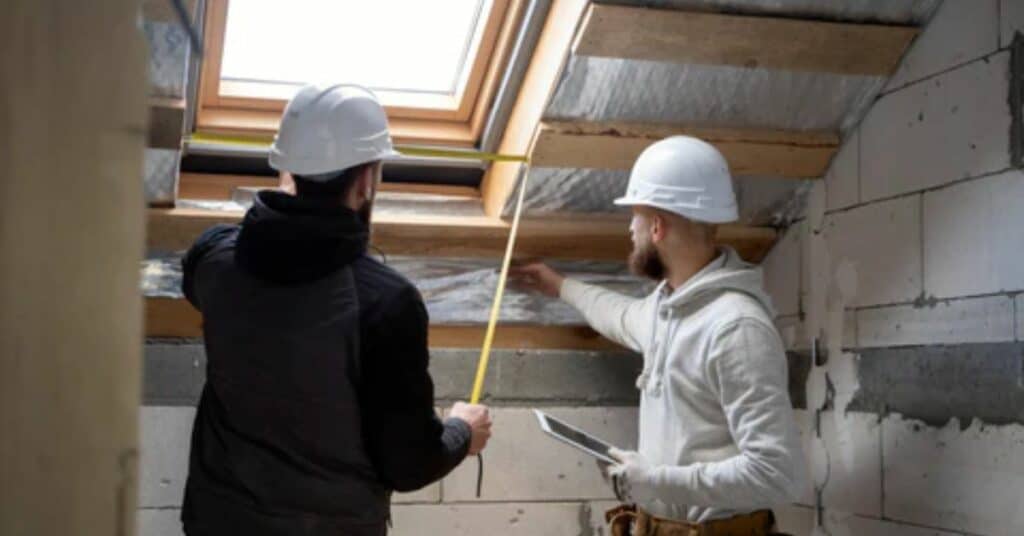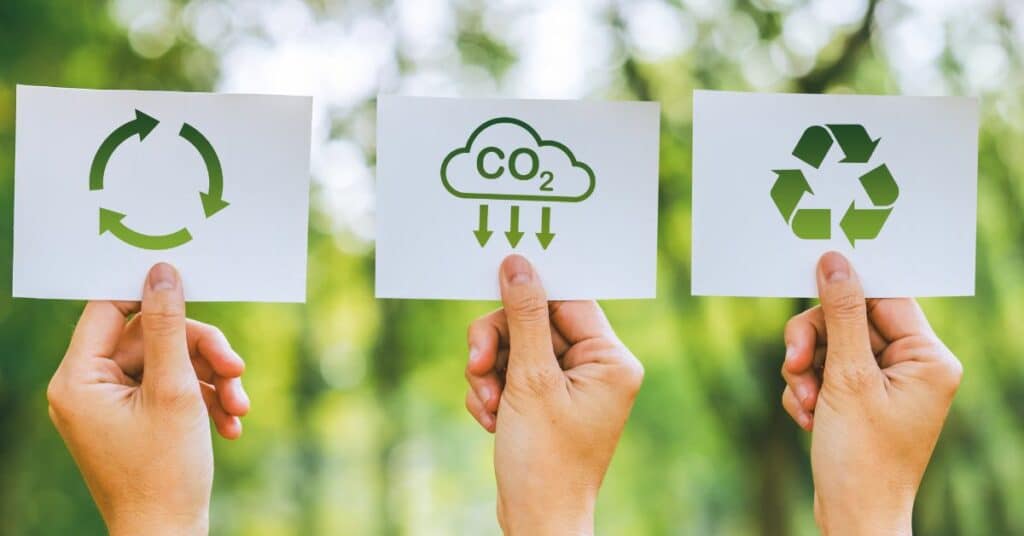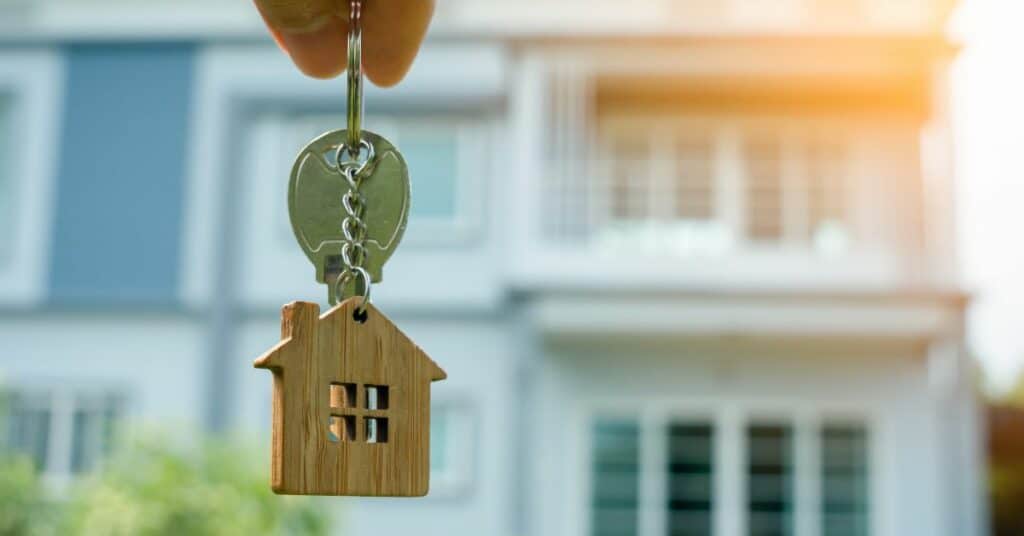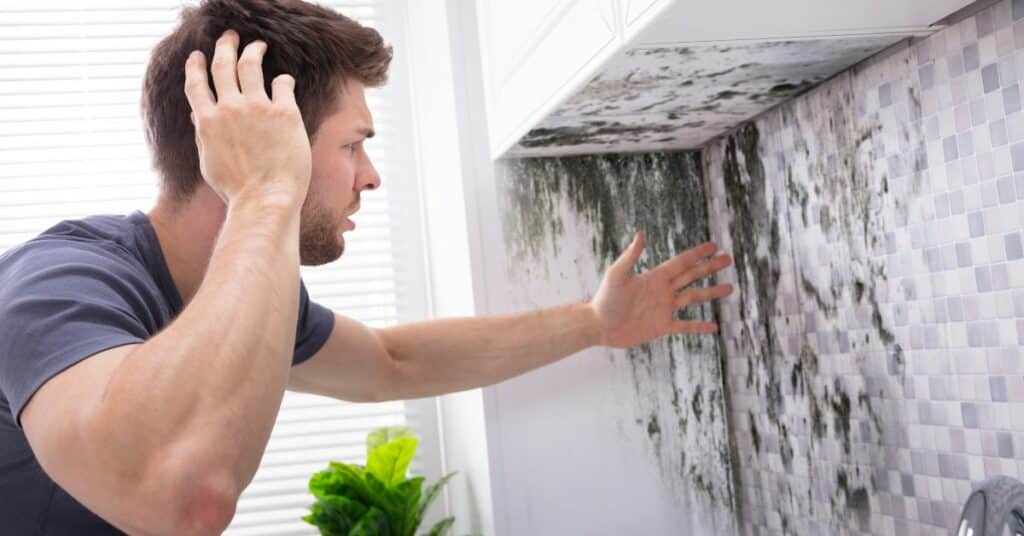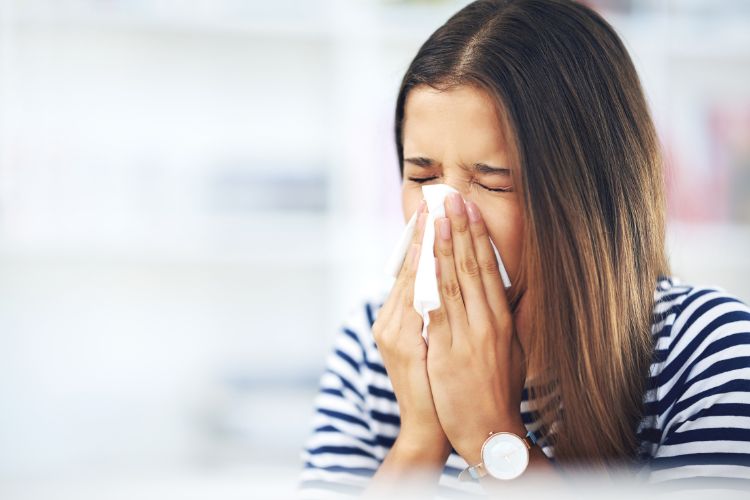Mold Remediation for Renters: Your Rights and Responsibilities
Navigating mold issues in a rental property can be a tricky endeavor for tenants. Knowing your rights and responsibilities is crucial in effectively addressing mold problems and ensuring your living space remains safe and healthy. Mold exposure can lead to various health issues, making it imperative to take swift action. This article explores the rights […]
Mold Remediation for Renters: Your Rights and Responsibilities Read More »

